Mastering Pipe Flanges: A Comprehensive Guide
Ensuring a secure and leak-free connection is key when it comes to the various pipes within plumbing, heating, and industrial systems. That is where pipe flanges come in – providing critical components to join two pieces of piping together. However, in order for them to be effective at performing their intended purpose, proper installation and alignment are necessary.
The proper squaring of a pipe flange is the key to a strong installation. If the flange is not aligned 90 from the pipe axis, it can cause leaks, vibration, and a premature wearing out of the gasket and bolts. To make sure everything is set correctly, there are a few steps and tips to consider. Here, we provide an overview of those steps, along with the common missteps to avoid in order to square a pipe flange correctly.
Inspecting the Flange & Pipe Measurements – Step #1
Before attempting to set up an appropriate flange for a given task, take the necessary steps to ascertain the flange size and type that will be suitable. Ask yourself, “What are the nominal diameter, bolt circle diameter, thickness, and material of my flange and pipe?” It is best to take good note of the manufacturer’s details and standards (ASME B16.5 or EN 1092-1) when making this assessment.
Preparing the Flange and Pipe Ends: A Second Step.
After double-checking the sizes of the flange and pipe, you’ll have to get them prepped for installation. Start by making sure the piping and flange are powdery-clean of any rust, dirt, or any other nasty contaminants that can impede proper sealing. You can easily do this with a wire brush, some sandpaper, or by using a solvent. Then, examine the flange faces for evenness and smoothness. Any lumps or bumps can mean the gasket won’t be able to create a secure seal and it will require more force to tighten the bolts.
Identification of Flanges and Pipes: A Step Toward the Next Level
Proper alignment of the bolt holes for flanges or valves calls for squaring. The mark-and-align technique is a practical way to obtain this. Trace around the holes with a center punch or permanent marker to highlight the exact spots with stark visibility. Ensuring the marks are precisely placed will ensure precise alignment of the bolt holes.
Insert your Studs or Bolts with this Step
Before attempting installation, make sure you place the bolting within the flange’s bolt holes; a nut or washer can prove beneficial in securing the piece in place. To facilitate the tightening process and prevent galling, you can apply a small amount of anti-seize compound or other lubricant onto each bolt’s threads.
Affix the Flange to the Pipe.
Now is the instant to give the flange a snug fit. Begin by aligning the bolt holes in the flange with the markers on the pipe. It is crucial to guarantee that it fits sufficiently flush against all sides of the pipe and that it stays secure, without it slipping or becoming misaligned. A soft mallet or hammer can be used to delicately tap the flange in place – but do not use too much power as it could damage either the pipe or the flange itself.
Lock it Down: The Sixth Step
To secure the flange properly without causing damage or leaks, start by aligning it then gradually tighten the bolts in a star pattern in a criss-cross motion, focusing first on those opposite each other. Once each bolt is tightened, make note of the manufacturer’s recommendation for torque value and adhere to it; too much force may alter the form of the flange, while too little can lead to a leak.
Confirm the Placement
Once the screws have been firmly secure, it is essential to confirm proper flange alignment and squareness. One method to achieve this is to employ a straightedge or level as a reference point. Rest the straightedge across two opposing nut heads and make sure that the other screw tops are contacting the tool. If there is any sort of gap, the flange could be out of alignment and calls for another round of adjustment and realignment.
Unlocking the Keys to Success: Steer Clear of Common Flubs
Tighten the bolts with a torque wrench or some other precise instrument to guarantee accuracy, not just haphazardly or with sheer brute strength.
A considerable amount of energy should not be exerted on the bolts until the flange is in its rightful position or it can lead to desynchronization or restriction.
Gaskets that are sub-standard in quality can be detrimental to the system, as they may cause flanges to become misaligned and lead to costly leaking.
The gasket’s internal diameter should accurately complement the inside diameter of the pipe, and its thickness must be equal to or if possible, slighty higher than according to the flange manufacturer’s instructions.
Once the pipe has been installed, make sure to examine any space that might separate the flange and the pipe. If there are any gaps, fill them by using either a sealing material or welding as needed.
Ultimately, constructing a pipe flange correctly is vital for efficient and secure piping operations. With the steps and advice provided here, it’s possible to make sure your flanges are properly oriented, free of leakage, and running optimally.
Related Product
Warning: Use of undefined constant rand - assumed 'rand' (this will throw an Error in a future version of PHP) in /www/wwwroot/www.ytdrtube.com/wp-content/themes/msk5/single.php on line 77
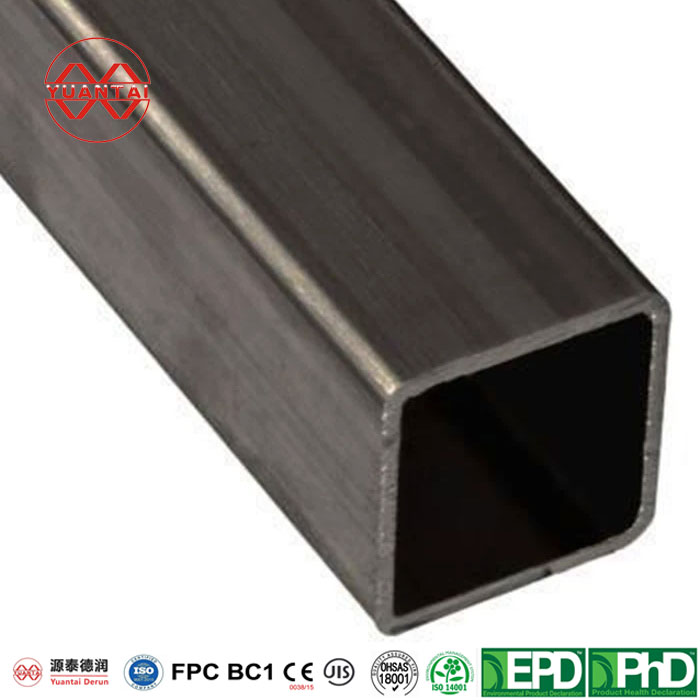
Square Steel Pipe Carbon Steel Pipe
Thickness 0.5- 60 mm Tolerance as required OD(outer diameter) square 10*10-1000*1000mm rectangular Brand YUANTAI DERUN Section Shape Square OR rectangular Length 3-12M according to […]

Hot Dip Galvanized Rectangular Hollow Section
Iron and steel materials are indispensable resources in human life today. However, due to its own characteristics, “corrosion is accompanied by us every day and consumes our […]

EN10210 EN10219 Black Carbon Steel Welded Square Pipe
Yuantai Derun Steel Pipe Manufacturing Group is a steel pipe and steel enterprise that has operated for many years, mainly engaged in steel products such as black square and rectan […]
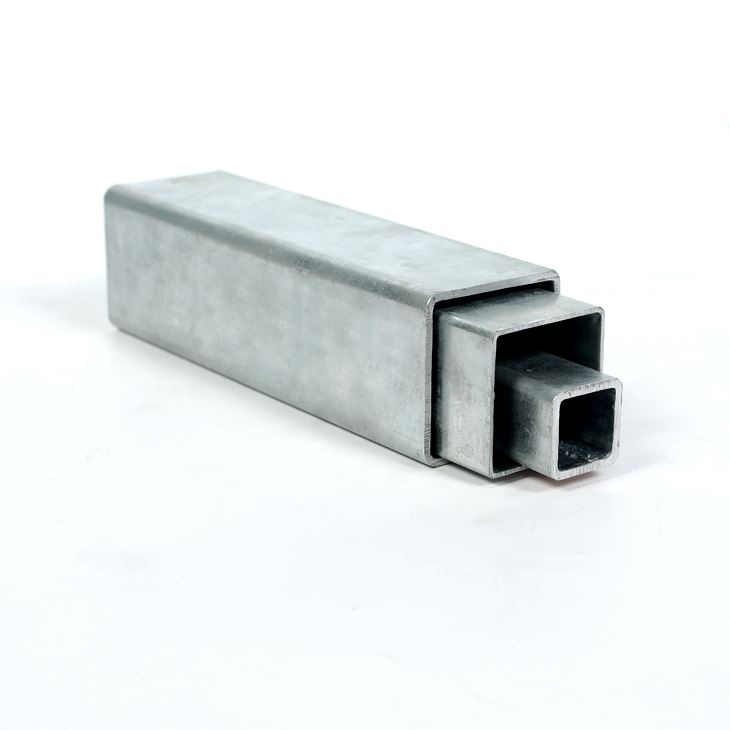
Hot Dip Galvanized Square Steel Pipe HDG Tube
Thickness: 0.5- 60 mm OD(outer diameter): square 10*10-1000*1000mm rectangular:10*15-800*1100mm Section Shape: Square OR rectangular Place of Origin: Tianjin, China Application Str […]

Black Square Steel Tube
SPECIFICATION TABLE OF BLACK SQUARE STEEL TUBE OD(MM) THICKNESS(MM) OD(MM) THICKNESS(MM) OD(MM) THICKNESS(MM) OD(MM) THICKNESS(MM) 20*20 1.3 60*120 80*100 90*90 1.50 180*180 3 300* […]

Square Seamless Steel Pipe
Attribute parameters of seamless square steel tubes Thickness 3- 50 mm Tolerance as required OD(outer diameter) 100*100-800*800 Brand YUANTAI DERUN Section Shape Square OR rec […]
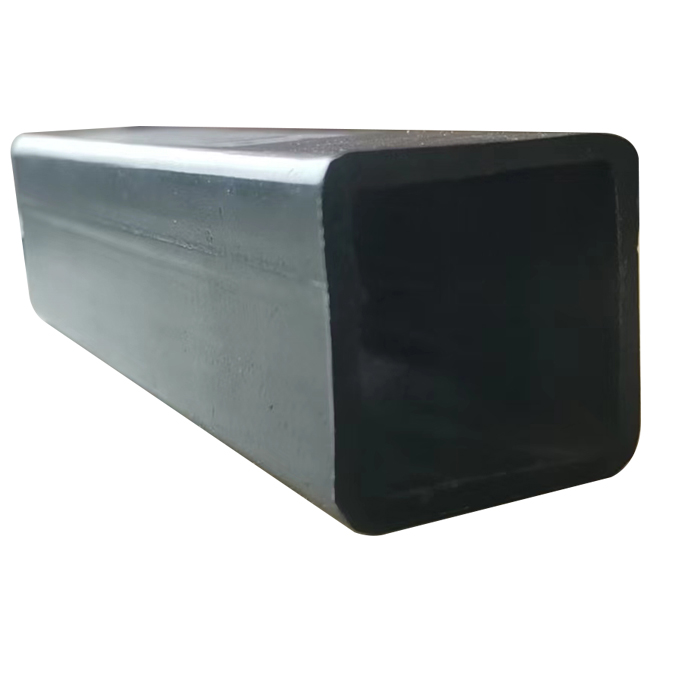
Square Hollow Section
Thickness: 0.5- 60 mm OD(outer diameter): square 10*10-1000*1000mm rectangular:10*15-800*1100mm Section Shape: Square OR rectangular Place of Origin: Tianjin, China Application Str […]
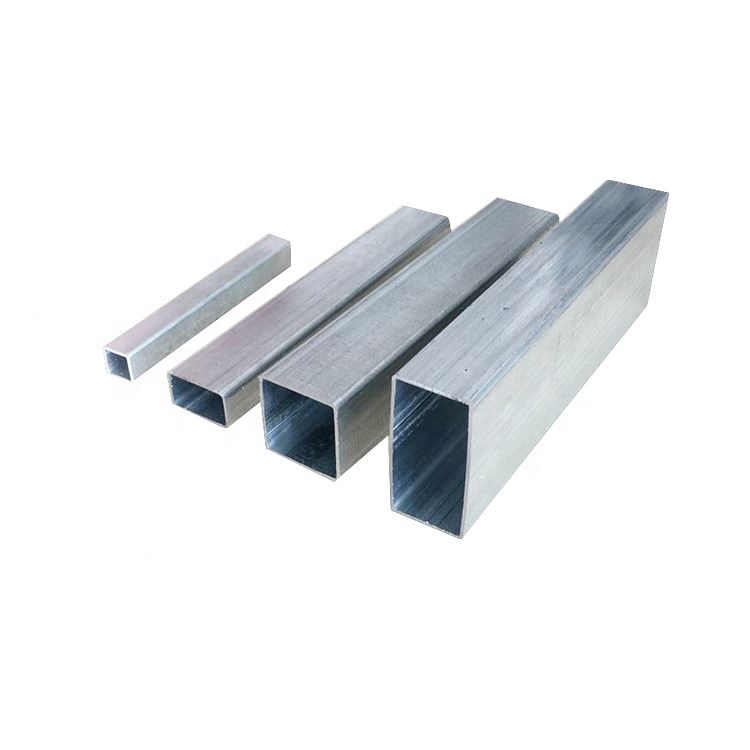
Hot Dip Galvanized Rectangular Steel Tube
Hot dip galvanized rectangular steel tube is a rectangularsquare tube that is welded after the steel plate or steel strip is curled and formed, and is formed after the square tube […]
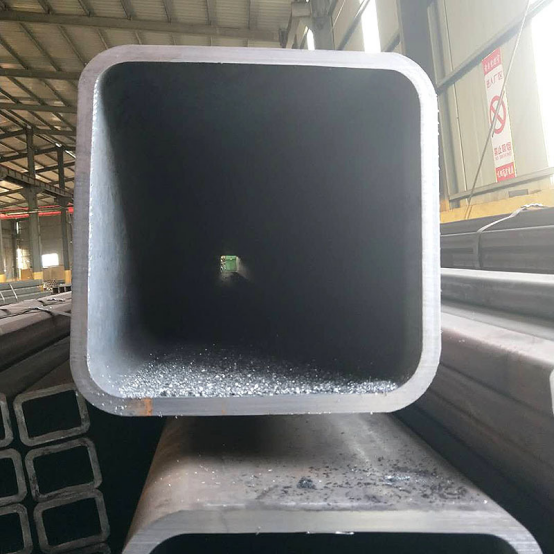
Black Rectangular Hollow Section
OD(MM) THICKNESS(MM) OD(MM) THICKNESS(MM) OD(MM) THICKNESS(MM) OD(MM) THICKNESS(MM) 20*20 1.3 60*120 80*100 90*90 1.50 180*180 3 300*800 400*700 550*550 500*600 1.4 1.70 3.5-3.75 9 […]
Post time: 2023-05-30
